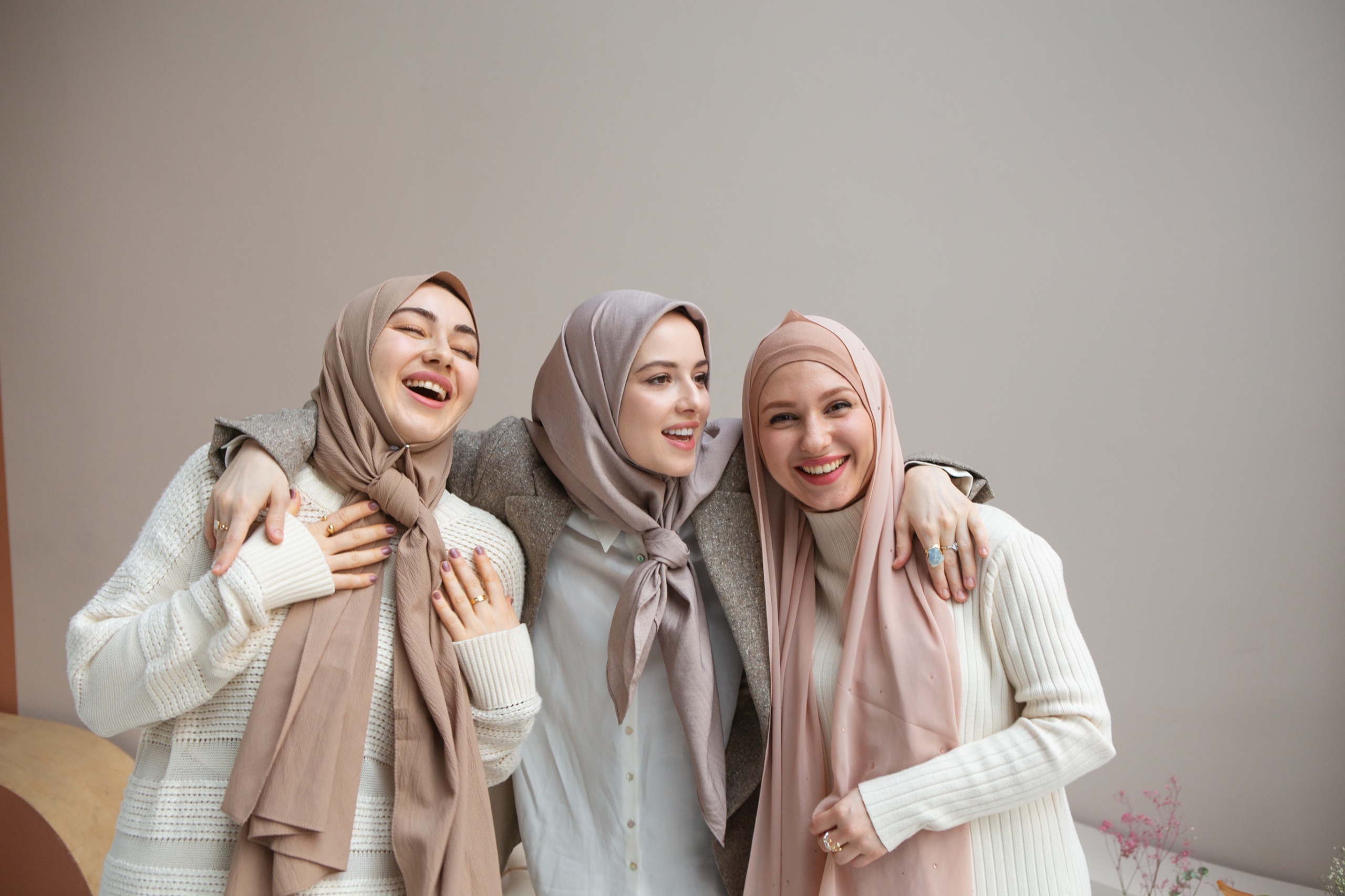A Question was sent to me on Hijab
Salaam,
I have a question about the hijab. I was wondering if the actual scarf that covers your ears and neck is mandatory. I read that a scarf should drape across a woman’s bosom, and to cover what doesn’t naturally appear, and during prayer the only thing that should show is the face and hands, but other than that, does she have to be completely covered all the time?
I also know it says when she does not have to wear the covering; like around her husband, her husband’s father, etc, so is this talking about just the drape that covers her chest and her ornaments?
What are your thoughts on this?
Jazakallah kir
My Response:
Salam Alaikum
The command for Muslim women to cover themselves wearing Hijab was first revealed in Surah 24:31. This verse orders Muslim women to “let them not show their beauty except that which is apparent, and let them draw their scarves over their [necks and bosoms]…”
Women of that time would wear scarves (hijab or khimar) on their heads. They would drape them from the hairline and down their backs, leaving their necks and bosoms exposed. They were ordered to “draw their scarves” by pulling the hijab down the side of their neck. Then the hijab would be secured so that the bosom was covered as well. Later in the verse 33:59, they were commanded to wear long flowing clothes, so as to mask the curvature of their bodies.
A good scholarly resource on this topic is found in this book.The “beauty” referred to in the verse is relative to the time and place. Around one’s mahram (father, brother, uncle, son) you can show the arms, legs to the calf or knees, and the collar may be exposed. Around women only, the same. Everything else is forbidden for everyone else.
Hope this helps, May Allah bless you in your search for knowledge and have all of this creation make dua for you due to it. Ameen
wa salam
Joe





